Is ProxyAddress architecture’s answer to solving homelessness?
ProxyAddress founder Chris Hildrey talks to us about architecture changing the world, and his pioneering initiative to help solve homelessness

ProxyAddress was born out of one man's vision to solve homelessness. Fuelled by his passion for broadening the practice of architecture to help people who are experiencing homelessness, British architect Chris Hildrey devised a platform that provides stable addresses to those who need them. This offers them a valuable step towards accessing systems – such as creating bank accounts – which are often impossible without a fixed home location.
ProxyAddress, which kicked off as a residency research project at the Design Museum in London in 2017, has since won multiple awards and has been hailed as a pioneering way to support those in need.
Here, we catch up with Chris Hildrey about his vision, challenges, and ProxyAddress’ future.
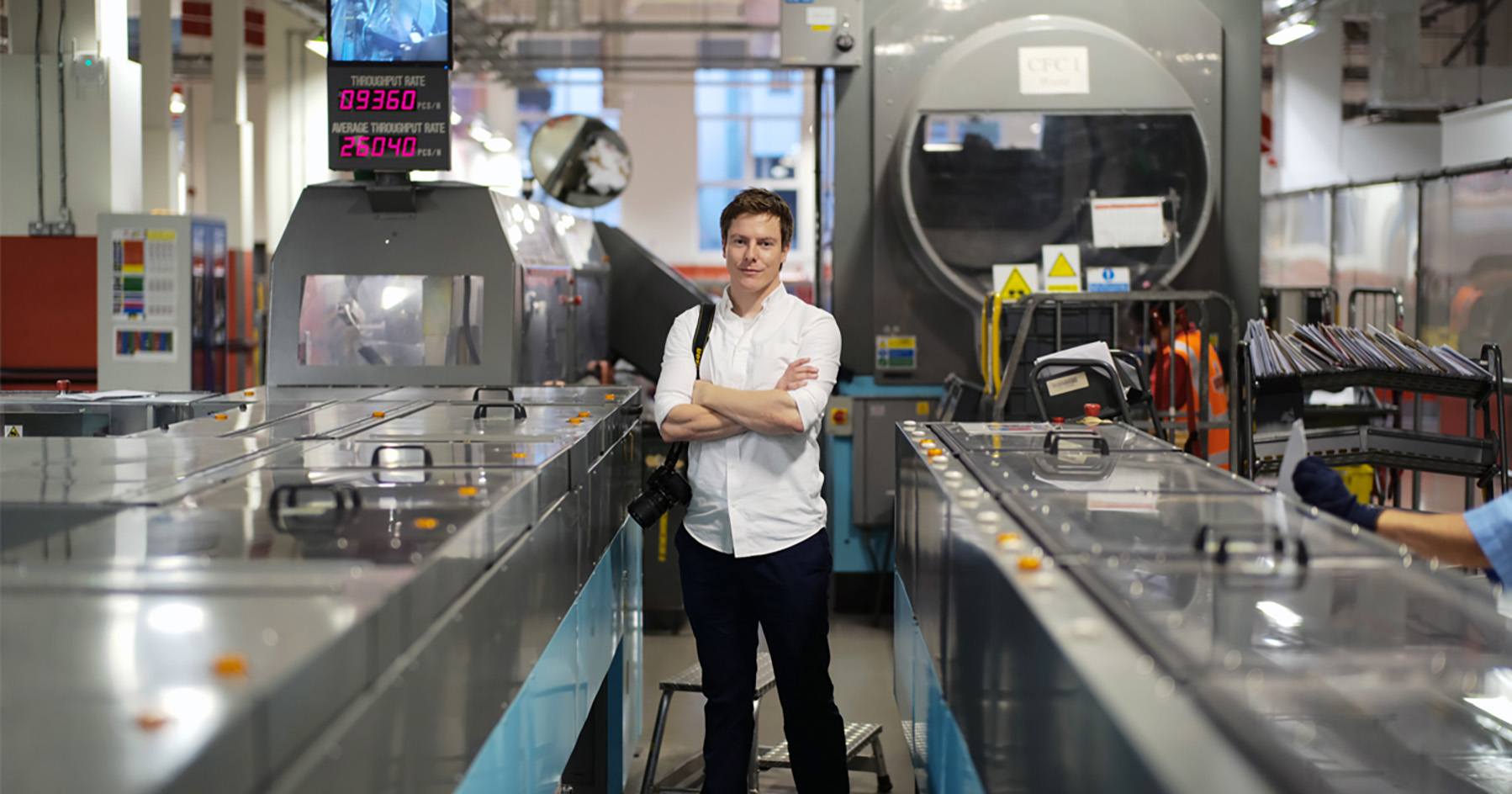
Chris Hildrey
Founder Chris Hildrey on ProxyAddress
W*: What are the origins of ProxyAddress?
Chris Hildrey: In 2017, I was working at Niall McLaughlin's studio on their Natural History Museum project, and towards the end of it, it was winding down and I had an extra day so I applied to become a Designer In Residence at the Design Museum. The brief that year was ‘Support’. I was interested in the role of the architect in affecting positive change in the built environment. I was questioning some of the fundamental assumptions around architecture practice. I’ve also been really mindful of the effect of austerity. Architects are trained to change things but also on many fronts they are just sitting powerlessly by. I wanted to look at how to use my skills to try and intervene, and help improve the built environment.

W*: What led you to pick homelessness as your subject?
CH: It’s the most urgent of the needs. People are literally dying. And I was walking through the Design Museum and seeing all the amazing chairs and I thought – surely we have solved the chair problem. But at the same time, people suffer. There are these huge problems facing us that we are not engaged with. I went up and down the country and spoke to hundreds of people, people who are homeless, in temporary shelters, people who work with them, etc. And I discovered that all my preconceptions were wrong – the typical image you have of a homeless person is only a tiny fraction of the homeless population. The problem that unites them all is instability. Sometimes you have no anchor at all, and sometimes you have to keep moving very frequently and uproot your life all the time. Mental health or substance problems are a result of homelessness, not the reason.
Receive our daily digest of inspiration, escapism and design stories from around the world direct to your inbox.

W*: So, how does ProxyAddress work?
CH: ProxyAddress is a 'portal', a service. The addresses used are sourced in different ways. Local authorities have empty properties; also we work with housing associations. The properties don’t have to be empty, but sometimes they are. People also donate their address. So, we don’t work together with the homeless people, we work with the council, and provide a service to them. We also have partnerships with banks and other similar companies and organisations that recognise and help us set people up as they register. When someone uses a stable address, it removes the stigma of homelessness, when applying for a job for example.
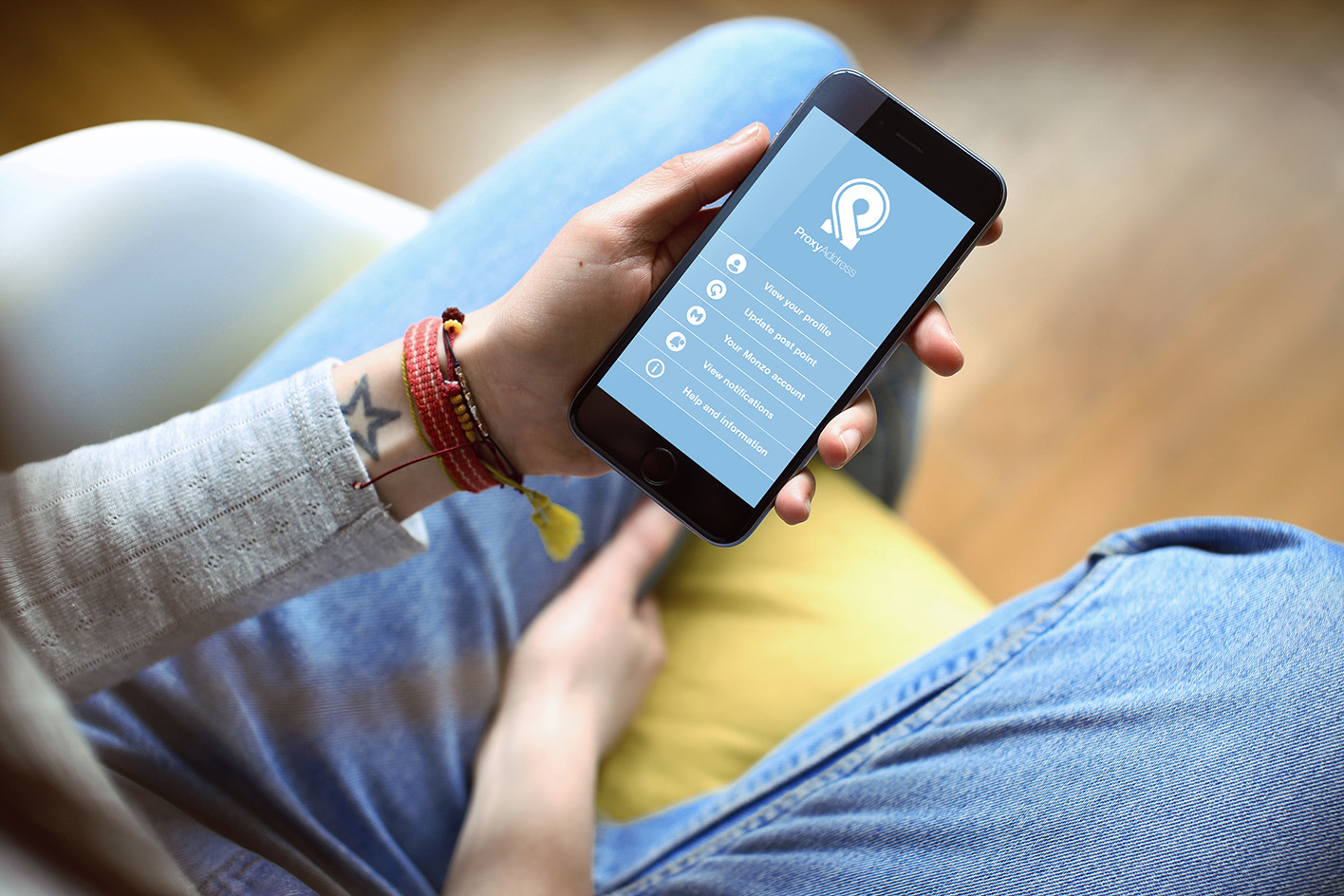
W*: And does it work?
CH: We did a pilot in Lewisham, London, during the pandemic, which was a great stress test, and out of the 49 people taking part, 47 recovered from homelessness through using ProxyAddress.

W*: What is next for ProxyAddress?
CH: We go by ‘build slowly and fix stuff’ instead of ‘build fast and break stuff’. It is important that we comply with all sorts of fraud prevention aspects – anti-money mulling, anti-money laundering, anti-terrorism, etc – so we need to be careful when building [the project] and scaling up. But we want to expand it to different cities in the UK. In architecture we talk about community – one of the scary things is that homeless people lose their kin when they hit rock bottom, lose that community. ProxyAddress is not a physical thing, it’s a system, it is, for me, a broadening of the architecture practice.
Ellie Stathaki is the Architecture & Environment Director at Wallpaper*. She trained as an architect at the Aristotle University of Thessaloniki in Greece and studied architectural history at the Bartlett in London. Now an established journalist, she has been a member of the Wallpaper* team since 2006, visiting buildings across the globe and interviewing leading architects such as Tadao Ando and Rem Koolhaas. Ellie has also taken part in judging panels, moderated events, curated shows and contributed in books, such as The Contemporary House (Thames & Hudson, 2018), Glenn Sestig Architecture Diary (2020) and House London (2022).
-
 In the frame: Layer is a new high-tech platform for displaying unique pieces of generative art
In the frame: Layer is a new high-tech platform for displaying unique pieces of generative artA museum-grade canvas renders digital art with spectacular precision, cutting-edge tech and exacting industrial design
-
 Chrome tableware to make your dining setup shine
Chrome tableware to make your dining setup shineOnce a hallmark of industrial and midcentury design, chrome is shining once again. The latest expression? Metallic dinner-, drink- and serveware that embody sophistication
-
 Serenity radiates through this Mexican home, set between two ravines
Serenity radiates through this Mexican home, set between two ravinesOn the cusp of a lakeside town, Mexican home Casa el Espino is a single-storey residence by Soler Orozco Arquitectos (SOA)
-
 Holcim Foundation Awards celebrate sustainability with 20 winners; Sou Fujimoto explains all
Holcim Foundation Awards celebrate sustainability with 20 winners; Sou Fujimoto explains allThe 2025 Holcim Foundation Awards have just been announced, crowning 20 projects from across the globe as the most inspirational schemes in the field of sustainable architecture; we caught up with Asia Pacific jury chair Sou Fujimoto to find out more
-
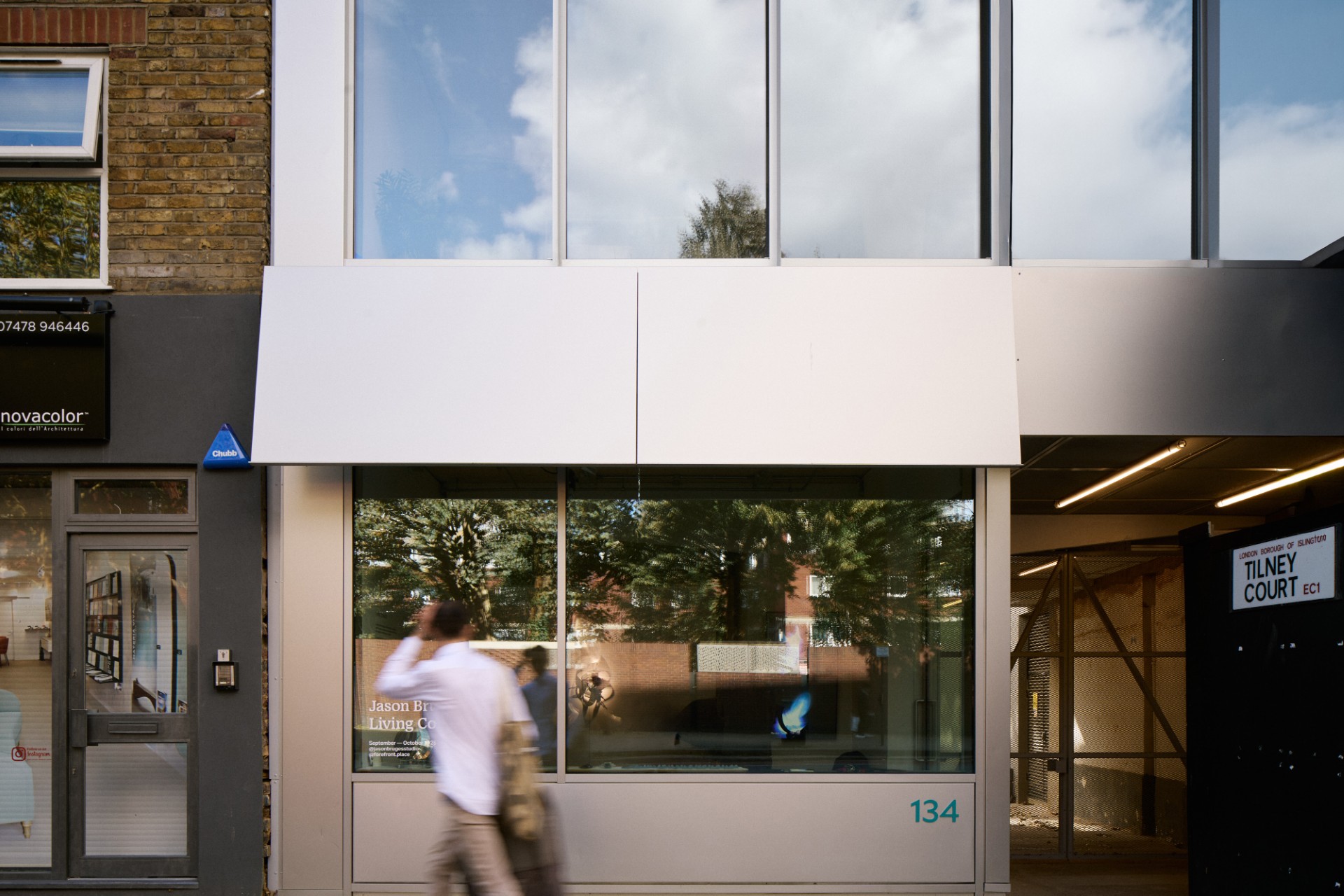 Meet Forefront, a cultural platform redefining the relationship between art and architecture
Meet Forefront, a cultural platform redefining the relationship between art and architectureForefront co-founder Dicle Guntas, managing director of developer HGG, tells us about the exciting new initiative and its debut exhibition, a show of lumino-kinetic sculptures in London
-
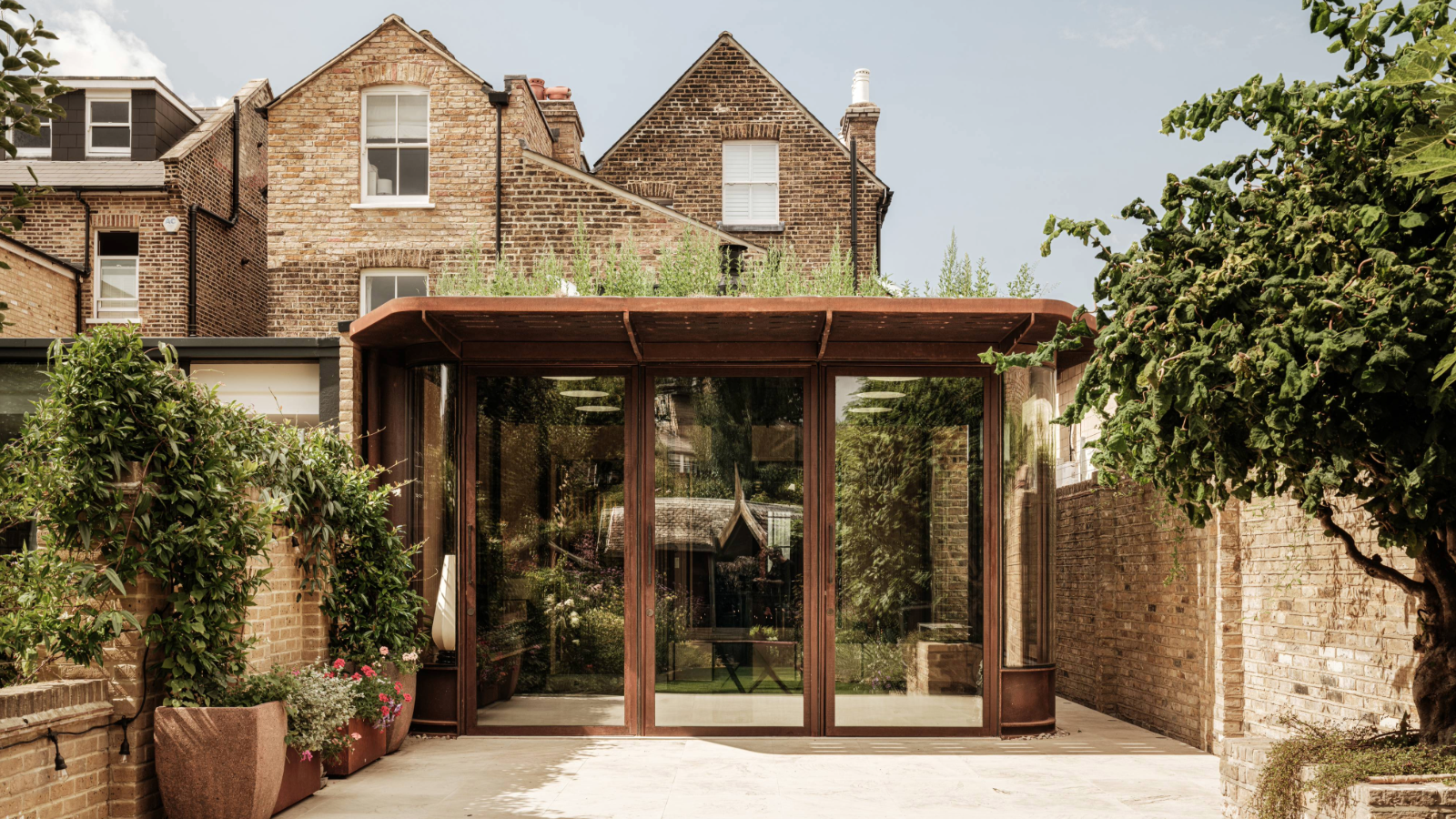 Corten curves and contemporary flair transform this terraced house in London
Corten curves and contemporary flair transform this terraced house in LondonCagni Williams Associates’ sensitive refurbishment of a south London Edwardian house features a striking and sustainable Corten steel extension
-
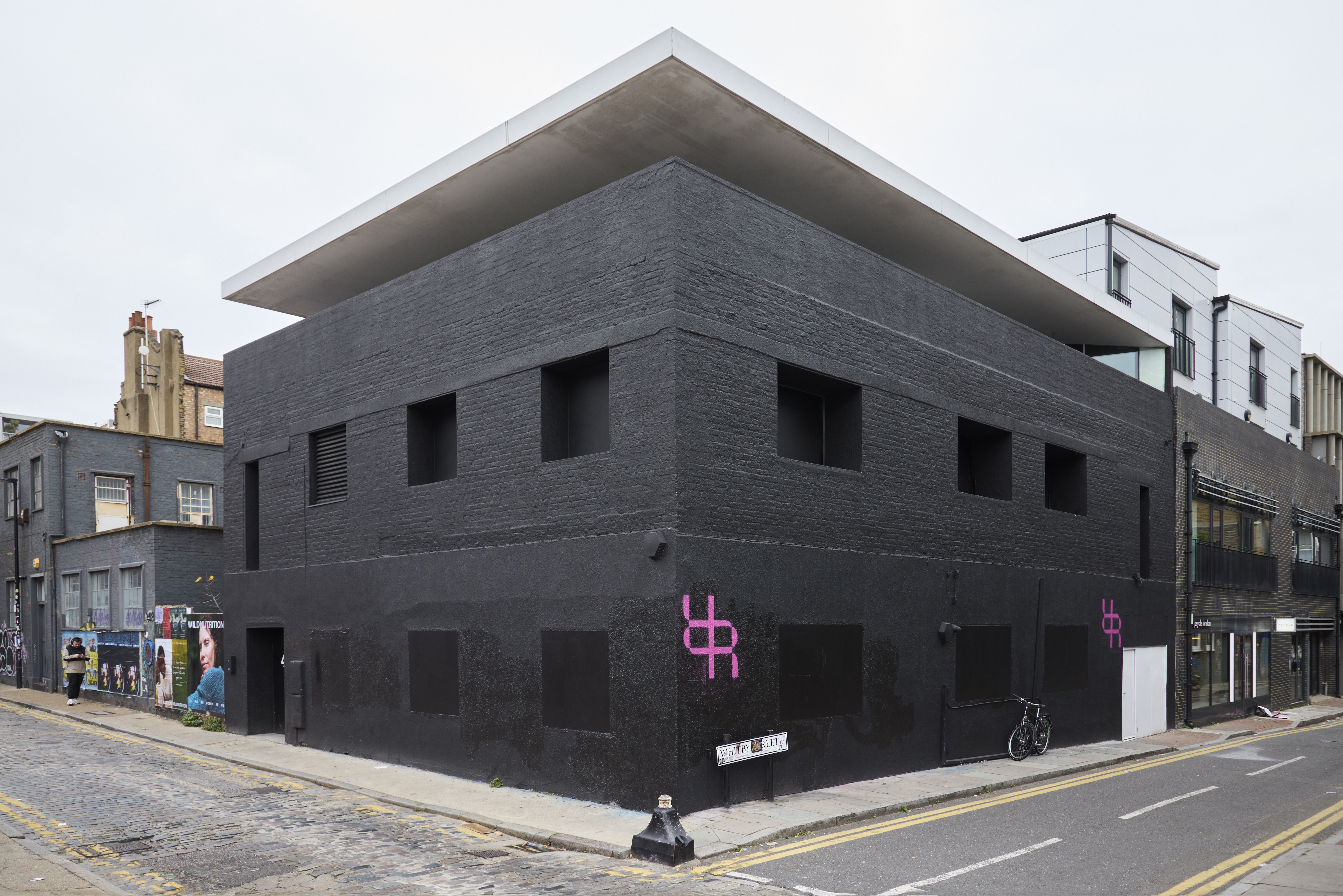 You may know it as ‘Dirty House’ – now, The Rogue Room brings 21st-century wellness to Shoreditch
You may know it as ‘Dirty House’ – now, The Rogue Room brings 21st-century wellness to ShoreditchThe Rogue Room – set in the building formerly known as Dirty House by Sir David Adjaye, now reinvented by Studioshaw – bridges wellness and culture in London's Shoreditch
-
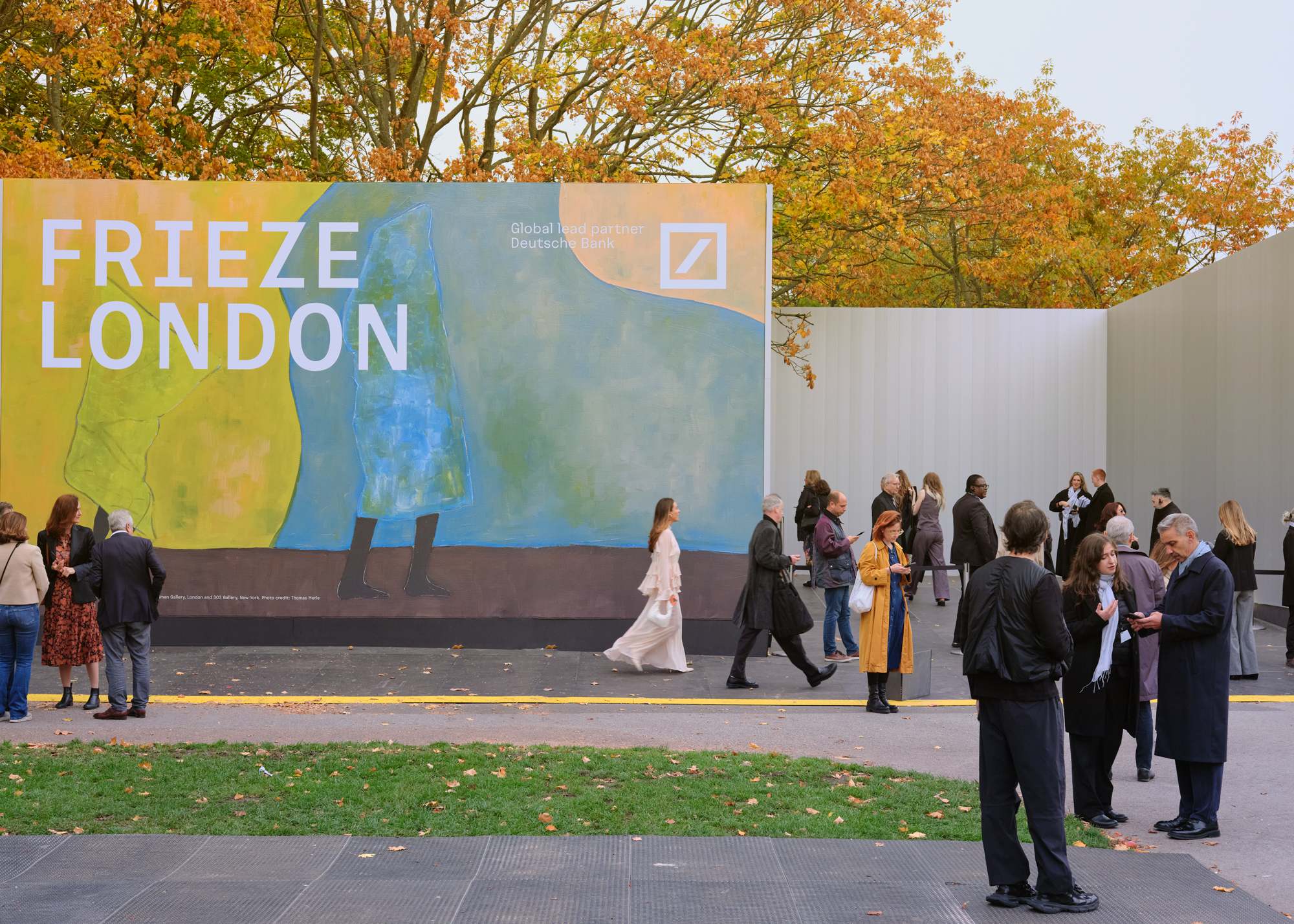 The architectural innovation hidden in plain sight at Frieze London 2025
The architectural innovation hidden in plain sight at Frieze London 2025The 2025 Frieze entrance pavilions launch this week alongside the art fair, showcasing a brand-new, modular building system set to shake up the architecture of large-scale events
-
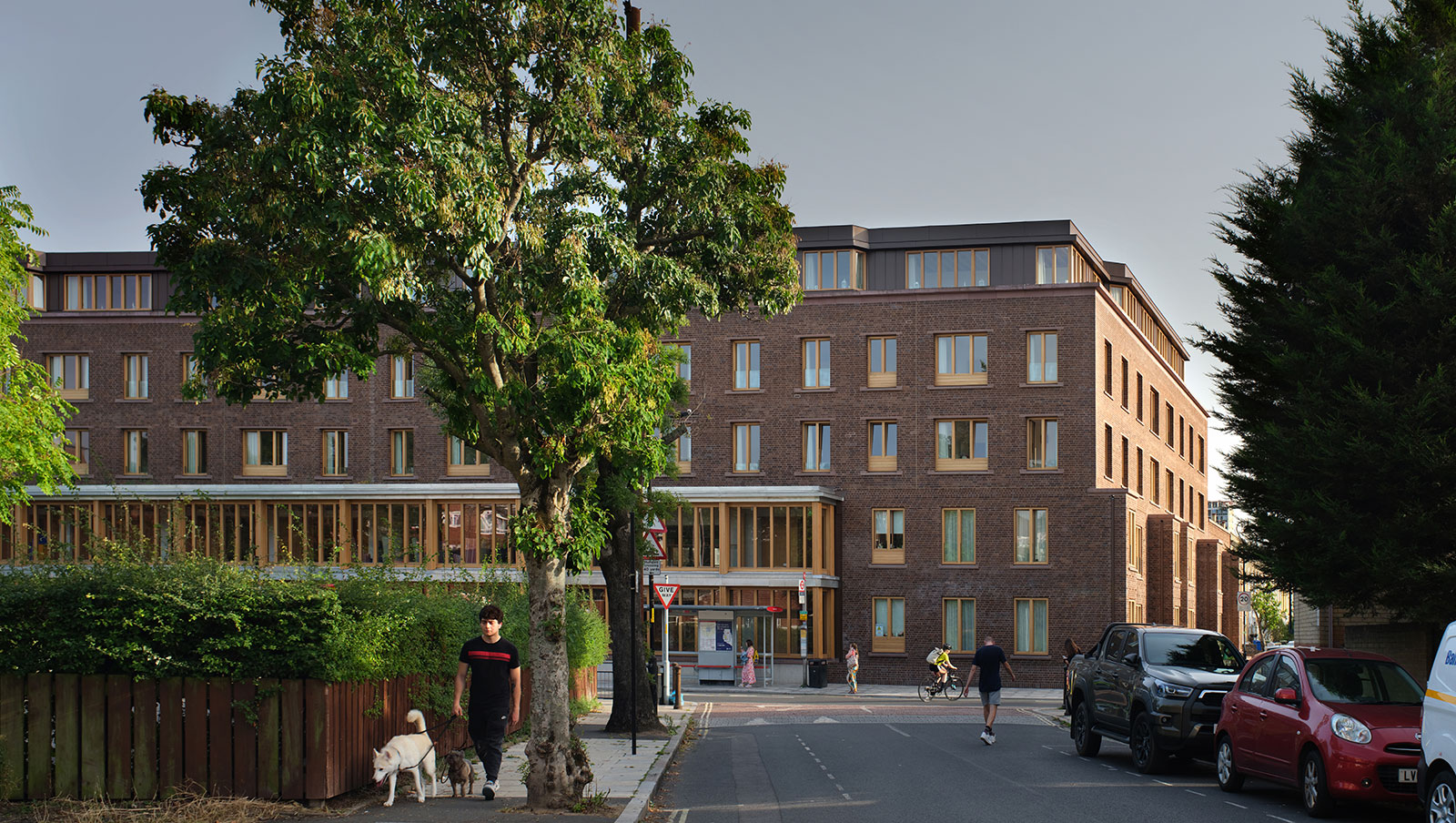 RIBA Stirling Prize 2025 winner is ‘a radical reimagining of later living’
RIBA Stirling Prize 2025 winner is ‘a radical reimagining of later living’Appleby Blue Almshouse wins the RIBA Stirling Prize 2025, crowning the social housing complex for over-65s by Witherford Watson Mann Architects, the best building of the year
-
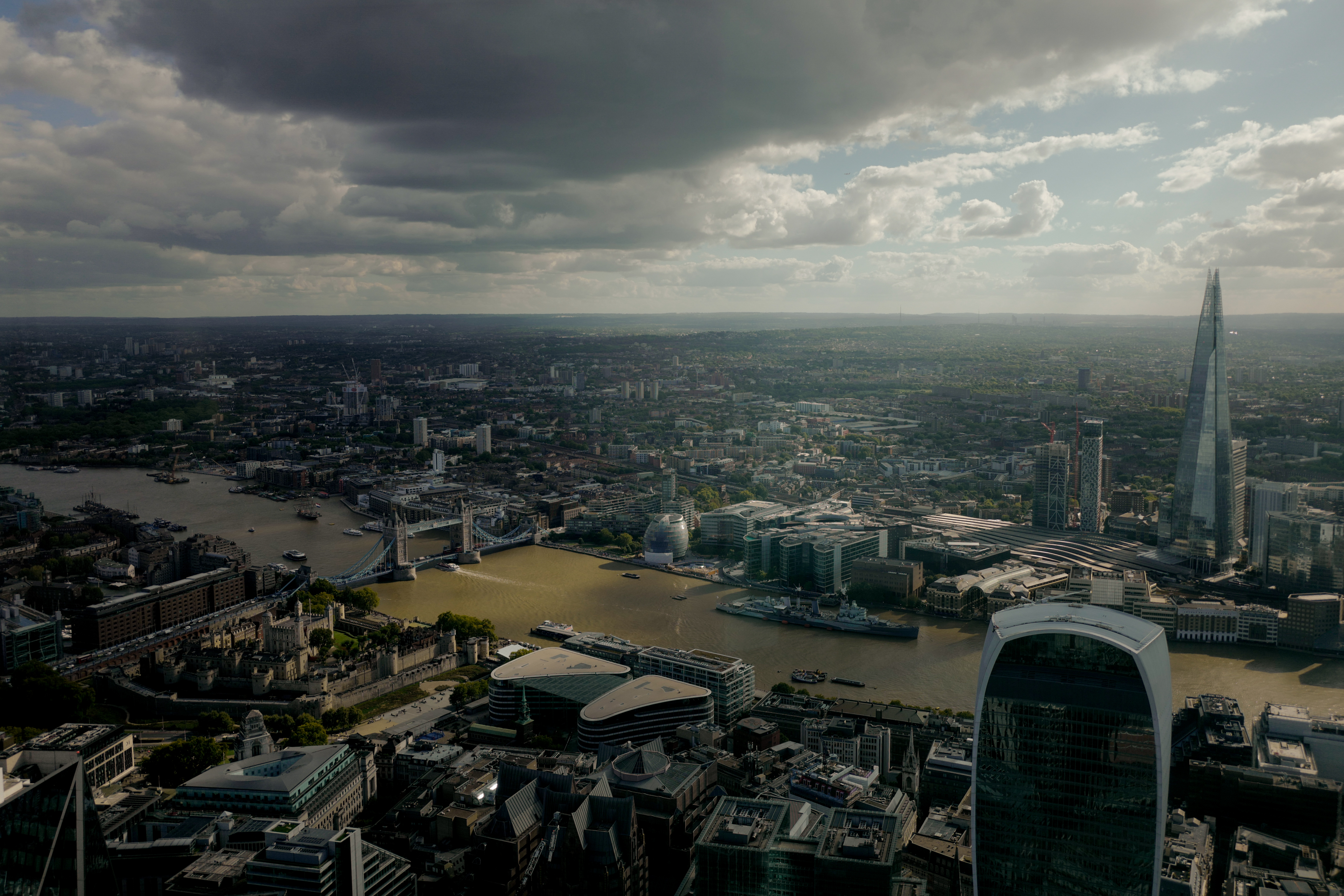 ‘Belonging’ – the LFA 2026 theme is revealed, exploring how places can become personal
‘Belonging’ – the LFA 2026 theme is revealed, exploring how places can become personalThe idea of belonging and what it means in today’s world will be central at the London Festival of Architecture’s explorations, as the event’s 2026 theme has been announced today
-
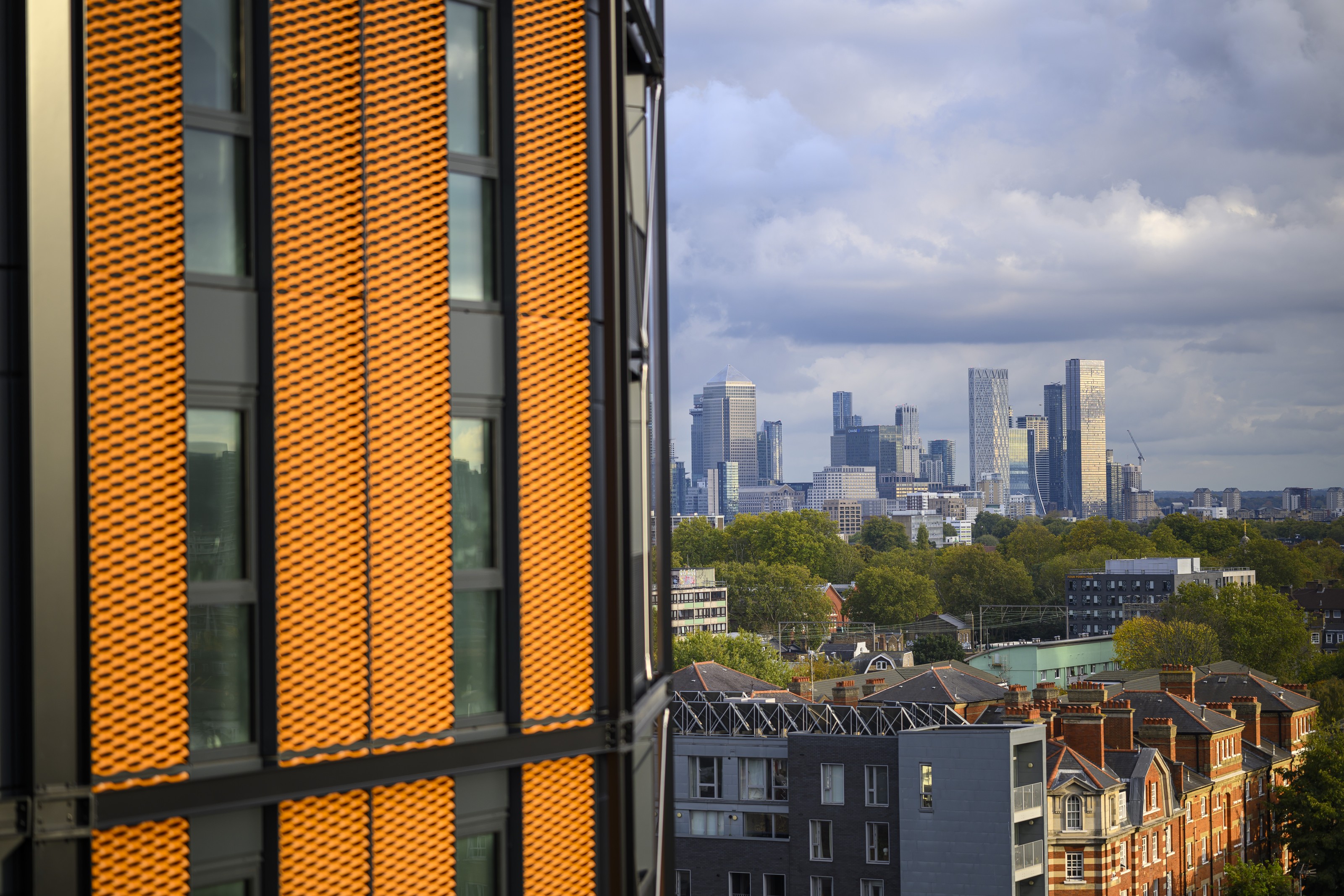 Join us on a first look inside Regent’s View, the revamped canalside gasholder project in London
Join us on a first look inside Regent’s View, the revamped canalside gasholder project in LondonRegent's View, the RSHP-designed development for St William, situated on a former gasholder site on a canal in east London, has just completed its first phase